get started

Insight Designs has a client who makes educational ultrasound software that runs on iPads. It helps people learn how to interpret unltrasound data to better diagnose health issues.
Nico suggested that our client, 7D Imaging start a non-profit to which people could donate their old iPads. Our client could then install their software for free, and send the iPads out to parts of the world in need of better diagnostic tools. Outdated iPads that might otherwise end up in a landfill could help to save women’s lives. Cliff ran with the idea and createdThe NYAGI Project.
The very first project was in Nepal, in late September of 2016. The NYAGI Project sent over six sonographers, 3 support people and one photographer (Nico.)
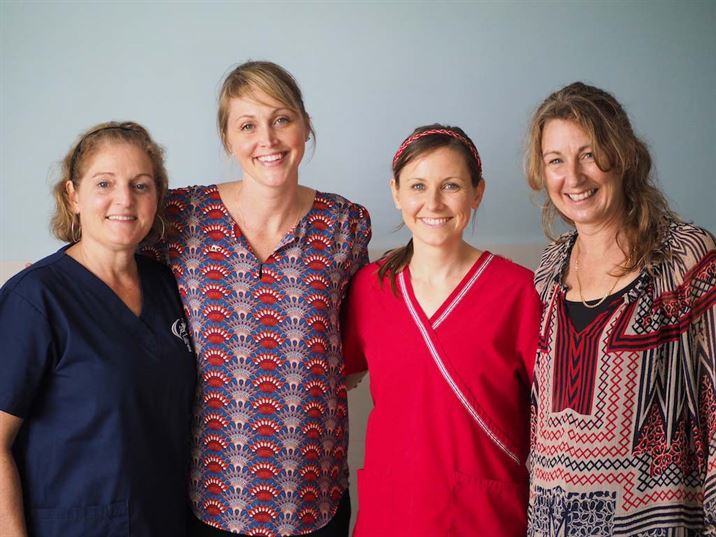
Pam, Emily, Ashley and Pippa, the four American sonographers.
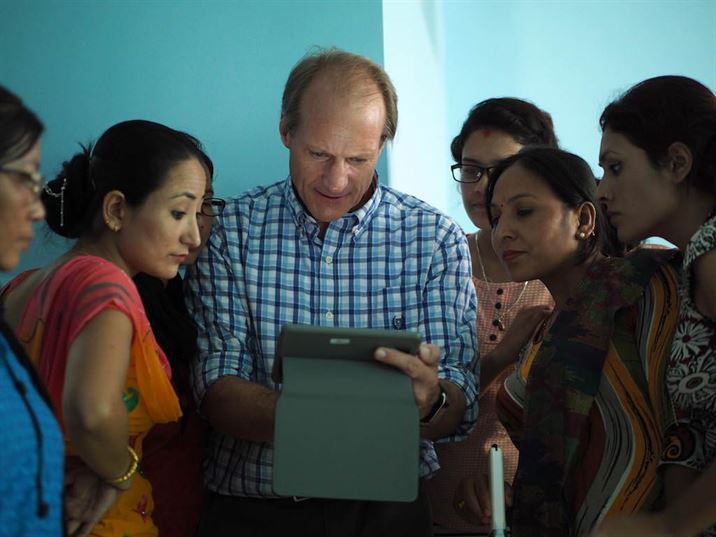
Dr. Cliff Gronseth training SBAs (skilled birthing attendants) in Dhulikhel Hospital. Thirty SBAs came from all over Nepal to work with, and learn from, our team. When you see these beautiful women, and how well they are dressed, you might think, as did i, that they are middle class. But they make about $20/month, from the Nepalese government, and they live in houses that, unless you’ve been to a true third-world country, you can’t even fathom. It’s a striking dichotomy to see these spectacularly dressed women walking out of a shack with no windows, no running water, and rocks holding down sheets of ripped plastic for a roof. They are so proud and so strong.
Dr. Cliff Gronseth training SBAs (skilled birthing attendants) in Dhulikhel Hospital. Thirty SBAs came from all over Nepal to work with, and learn from, our team. When you see these beautiful women, and how well they are dressed, you might think, as did i, that they are middle class. But they make about $20/month, from the Nepalese government, and they live in houses that, unless you’ve been to a true third-world country, you can’t even fathom. It’s a striking dichotomy to see these spectacularly dressed women walking out of a shack with no windows, no running water, and rocks holding down sheets of ripped plastic for a roof. They are so proud and so strong.
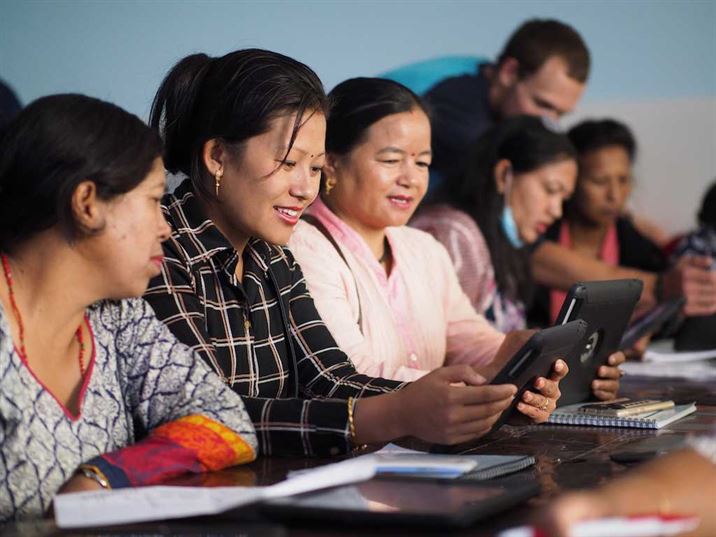
Birthing attendants practicing with the iPads

Emily Downs, sonographer from Colorado, using her arms to demonstrate the “T“ shape of healthy fallopian tubes. She’s using the two doctors’ heads as ovaries. She’s an amazing teacher; the birthing attendants loved her and sucked up her every word.
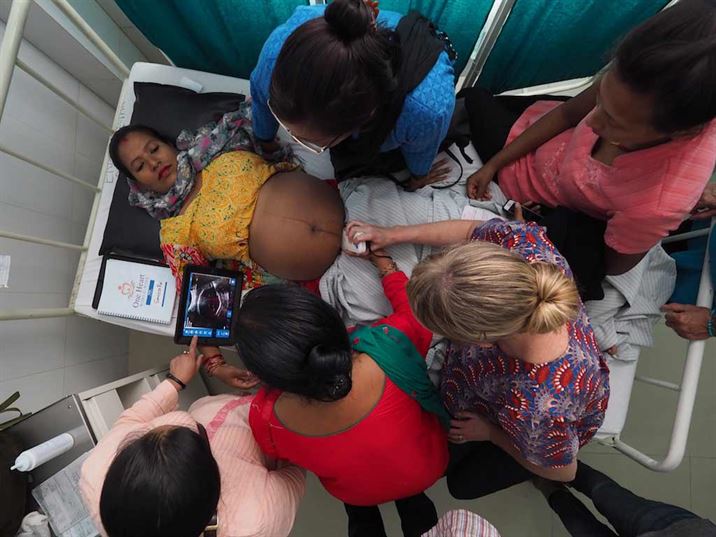
After the classroom work the sonographers did hands-on prenatal ultrasound scans with the SBAs, working on Nepalese pregnant women who were at the Dhulikhel Hospital. The NYAGI team was trying to give them as much actual scanning time as possible. They actually discovered a woman with a dermoid cyst, which likely would have gone undetected had the NYAGI team not been there, and that might have been life saving number 1. The woman will undergo surgery to remove the cyst this week. There were one or two other abnormalities that were found during the training and I’ll have to ask Dr. Gronseth again what they were. But it was really satisfying to see ultrasound saving lives even in the training phase of the project.

This image shows the portable ultrasound hand-held probe in the foreground. It is transmitting wireless real-time data to the iPad in the background. This is revolutionary in terms of cost and portability. Often birthing attendants travel to women’s homes, sometimes walking several hours in each direction, and with this technology they can bring ultrasound with them. We’ve realized that getting money for the probes will be harder than getting people to donate old iPads.
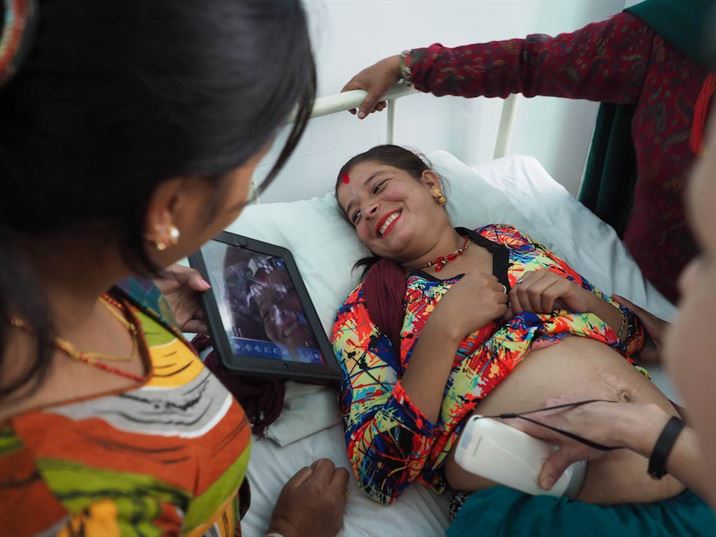
This woman is seeing the profile of her child’s face for the first time. It’s illegal to use ultrasound to determine gender in Nepal, for fear of daughters getting aborted in favor of sons. So everyone is very careful to not divulge gender. Fortunately it takes a very skilled sonographer to find those tiny penises! And the SBAs are also very careful.
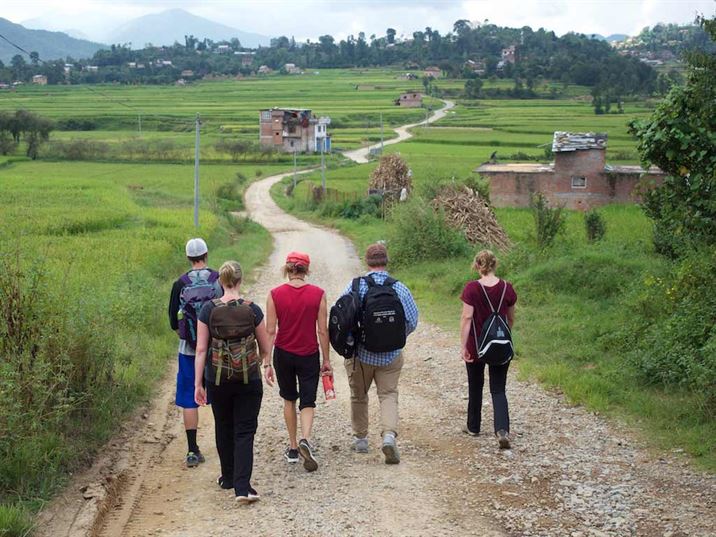
During our trip we walked to a few of the remote villages so we’d have a sense of what the pregnant women go through to get to the birthing centers, and what the SBAs do to get to the women’s homes. On this particular walk we gave up, after 3+ hours, and hitched a ride on a rather sketchy tractor, built around a rototiller engine. We healthy and fit Americans weren’t willing to trek as far as some 9-month malnourished pregnant women are expected to walk to give birth. Yikes!

I almost didn’t even shoot this photo because so many towns look like this, and it was starting to seem normal. There are piles of rubble from last year’s earthquake that killed over 9,000 people, and life just seems to keep moving. I’m also slightly amused by the satellite TV dish on the left – most villages have at least one shanty with a sat dish.
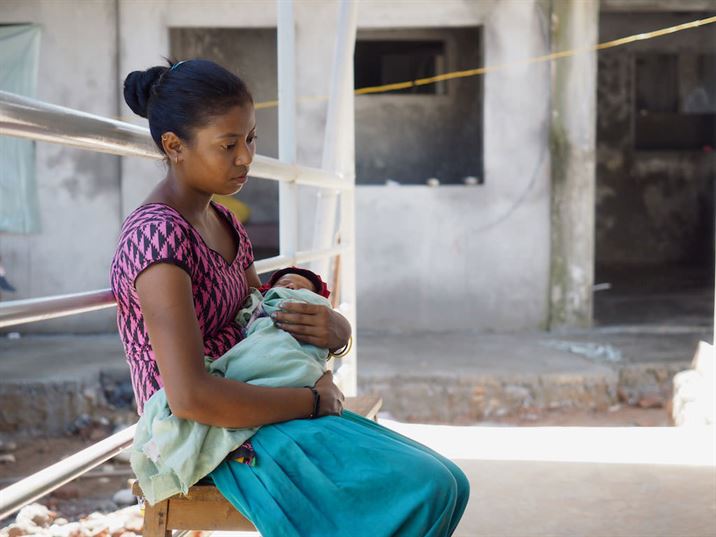
The SBAs not only deliver babies, they do pre and postnatal care, too. This woman is holding her tiny, and beautiful, premature baby, while waiting to see an SBA.
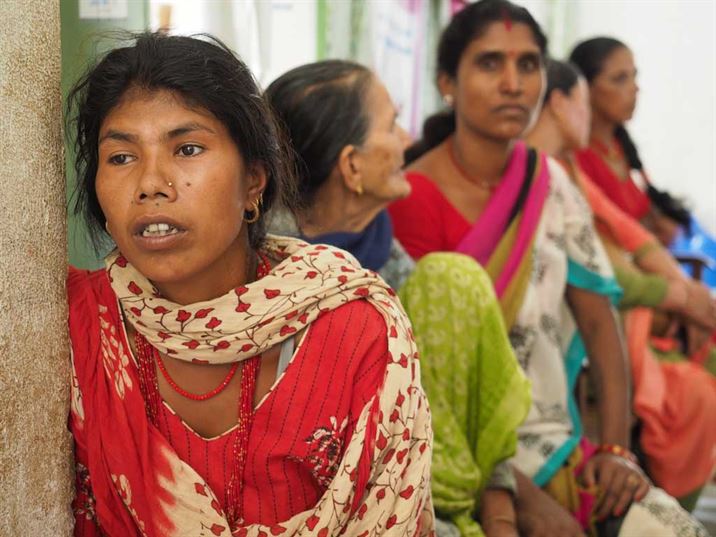
We visited a hospital that’s been operating out of a series of tents since the 2015 earthquake ruined the historic brick institution. The tent specifically designated for women was full whereas the one for men was empty. The young doctor onsite told us that there are generally 10 women in the hospital for every man. We need to look into that further, but it didn’t seem like an exaggeration based on my observations. I shot this photo outside of a rural general care clinic, for men and women, and the halls were lined with women who looked to be in great need of medical attention.

Dr. Cliff Gronseth told me that this was his favorite photo because it contains a complete story in a single image. The SBA behind the green curtain is using an iPad and an ultrasound probe to do a prenatal scan, while the women on the right are waiting their turn. My wide angle lens makes this room look larger than it is. This room felt smaller than most of my friend’s bedrooms.
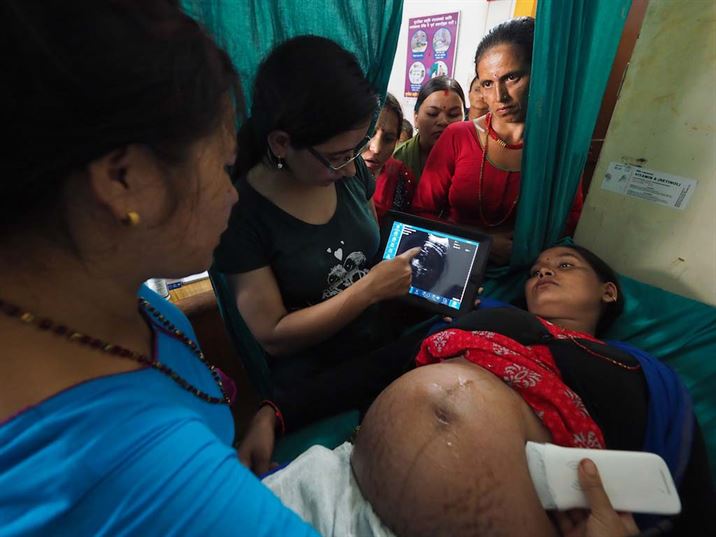
Here’s a close-up of the same scene. What I love about this image is the look of concern on face of the woman who’s peering in through the curtains. I got the sense that this was the pregnant woman’s mother and she was trying to figure out if the baby was okay. And yes, the baby looked to be doing just great. It wasn’t breech; there were no indicators of placenta previa; it wasn’t transverse; the head was down; the amniotic fluid levels were normal; the femur and head dimensions were normal… That’s about the end of Nico’s pre-natal scan knowledge, so I’d better stop before I make a fool of myself.
Now I’m going to move into some of the more emotional images…
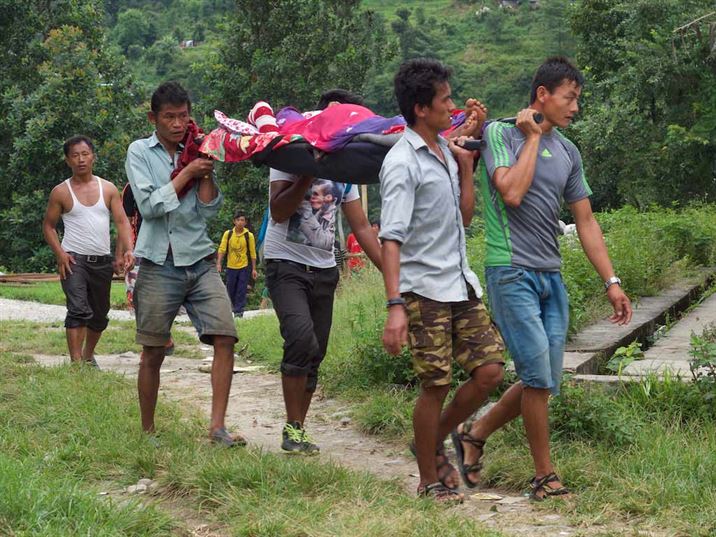
When women are not able to walk to the birthing clinics they are sometimes carried by men from the village. The fathers often don’t take part in this because they are off working, sometimes out of the country. So the women recruit neighbors and other family members to assist. I thought that the odds of actually witnessing a woman being carried to a clinic were low, but it happened. Dr. Nancy Gronseth said “Nico! Grab your camera!” I had just enough time to fire off a few frames before the men brought this woman into the building.
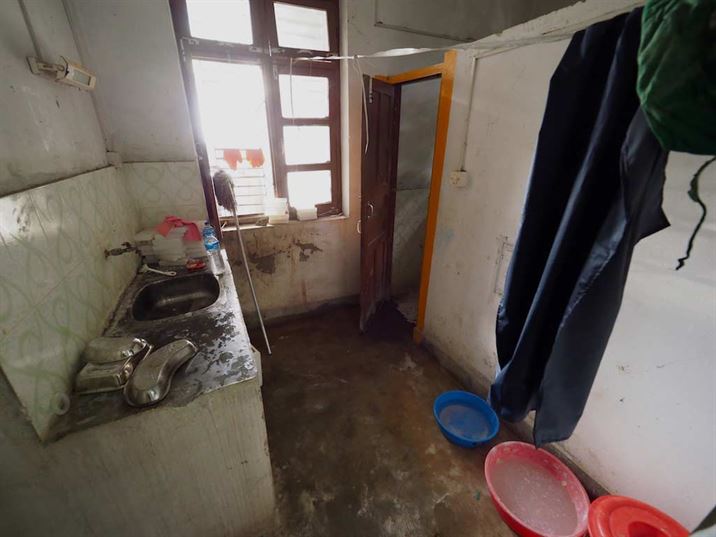
Walking through this clinic made me tear up, and even writing about it now makes me cry. The floors were stained with blood, the entire place smelled like a latrine, and yet this is where many women come to give birth. I have lots of photos of this clinic, but I’ll spare you them. The incinerator out back was broken so the medical trash was in a big heap. The “pharmacy” was a table, surrounded by a cage, with random drugs scattered across it. And the sheets on the beds looked like they hadn’t been changed in a week.

At the end of a dark hallway lay this beautiful young woman whose child died during birth, a few hours before we arrived. The woman on the right is wiping away a tear while telling us the story. The mother was still bleeding and I’m not entirely sure if she will survive or not. Dr. Gronseth noted that she was connected to an empty IV bag.
I can’t leave you with the sad images, because in all honesty, overall it wasn’t a sad experience for me. Nepal is full of life and beauty. The men, women and children are all so spectacularly gorgeous. And despite earthquakes, landslides and poverty, the people seemed happy, optimistic and content. I also feel very good about the work that the NYAGI team is doing.
At one point, we were beckoned into someone’s tiny shack for half an hour as torrential monsoon rains pelted the town, turning the street into a river. A diminutive elderly lady pulled up a few chairs and insisted that we join her family and friends for a drink. We stuck to potato chips and Coke to protect our fragile America GI tracts, but I’m sure they would have fed us the little food they had, were we brave enough to have eaten it. So I’m going to conclude with images of some of the beautiful people we came across on our long treks between the clinics.

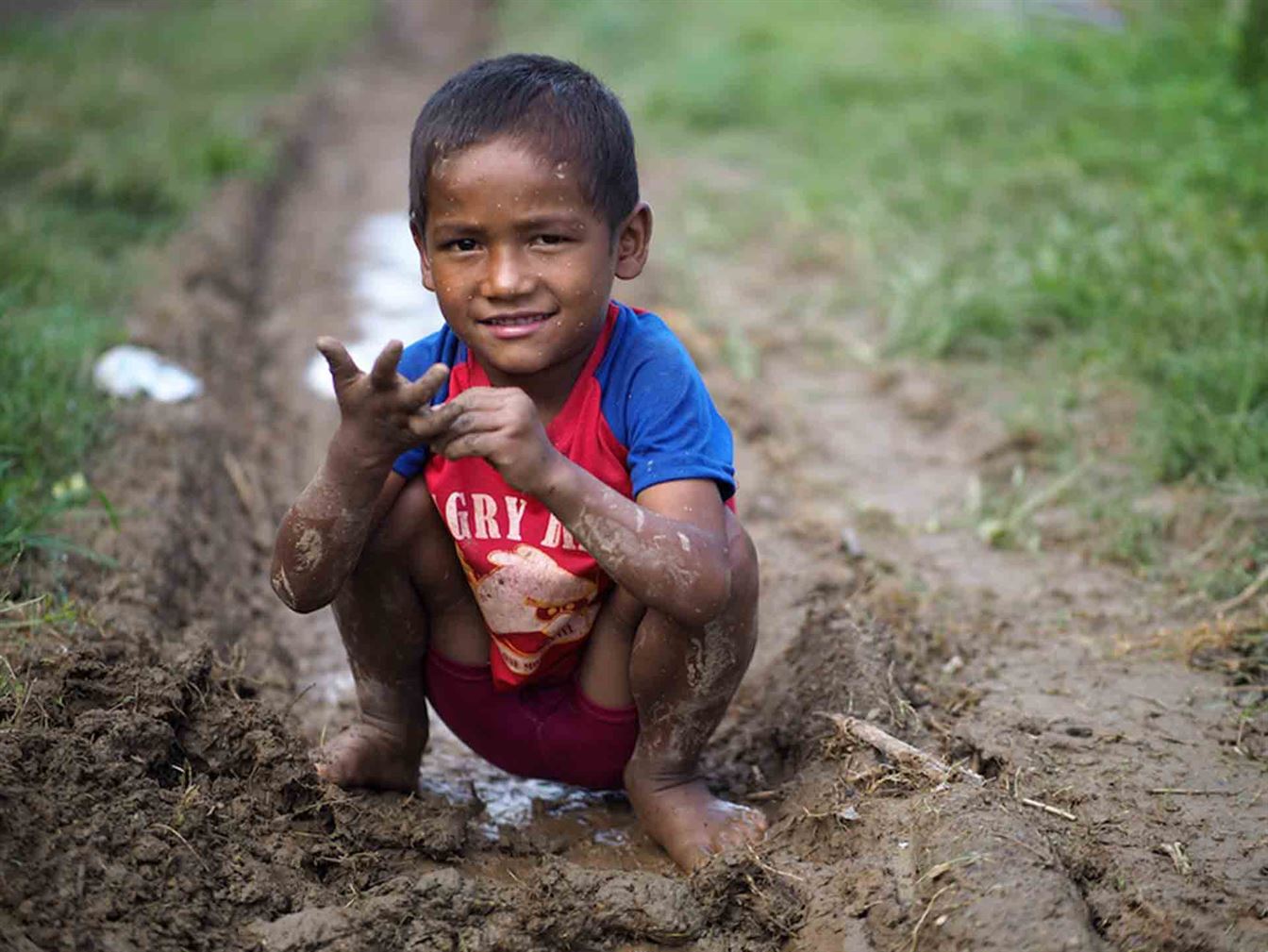
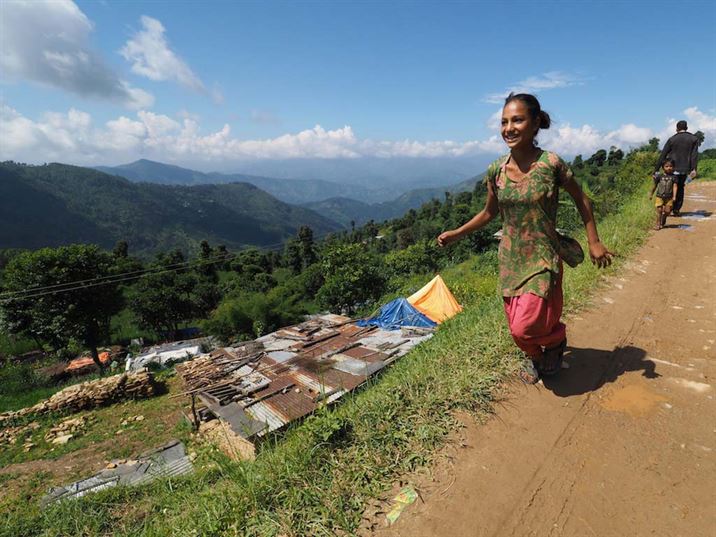
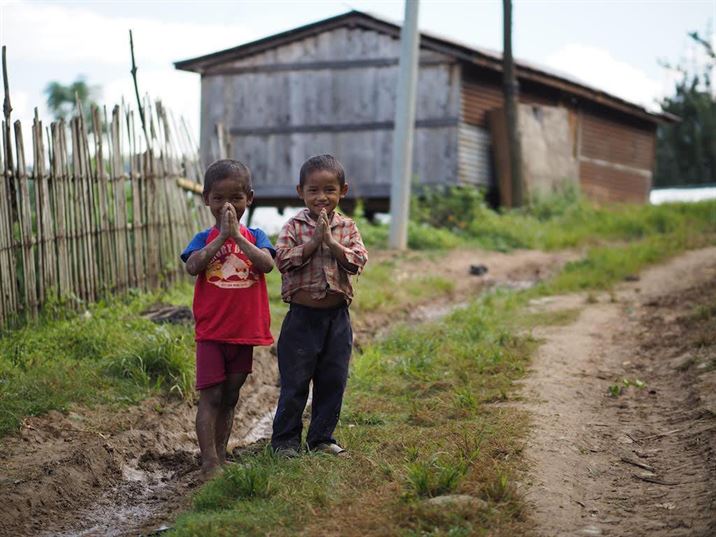
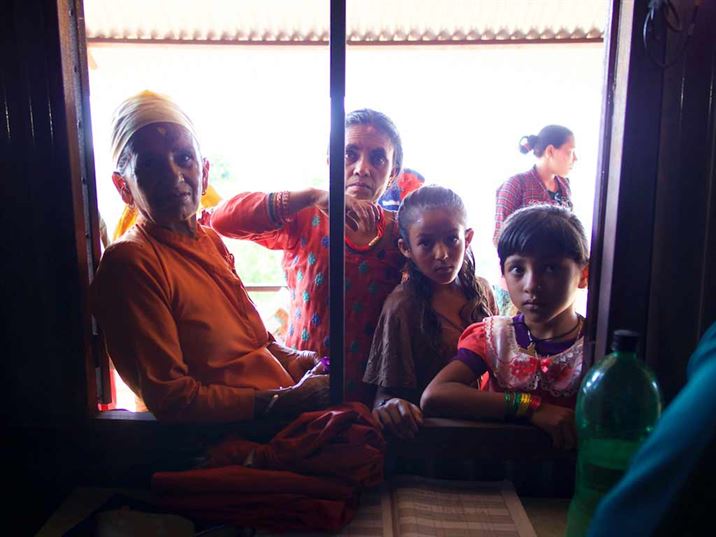
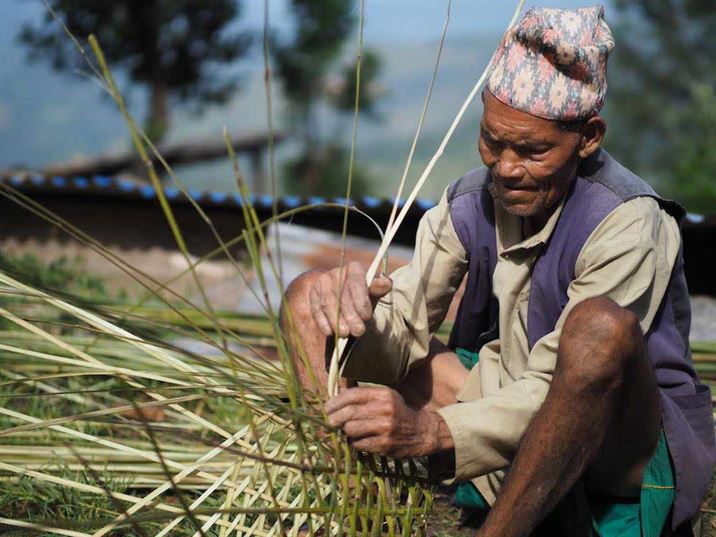

The above photo is by Pam Brower. Thanks, Pam!